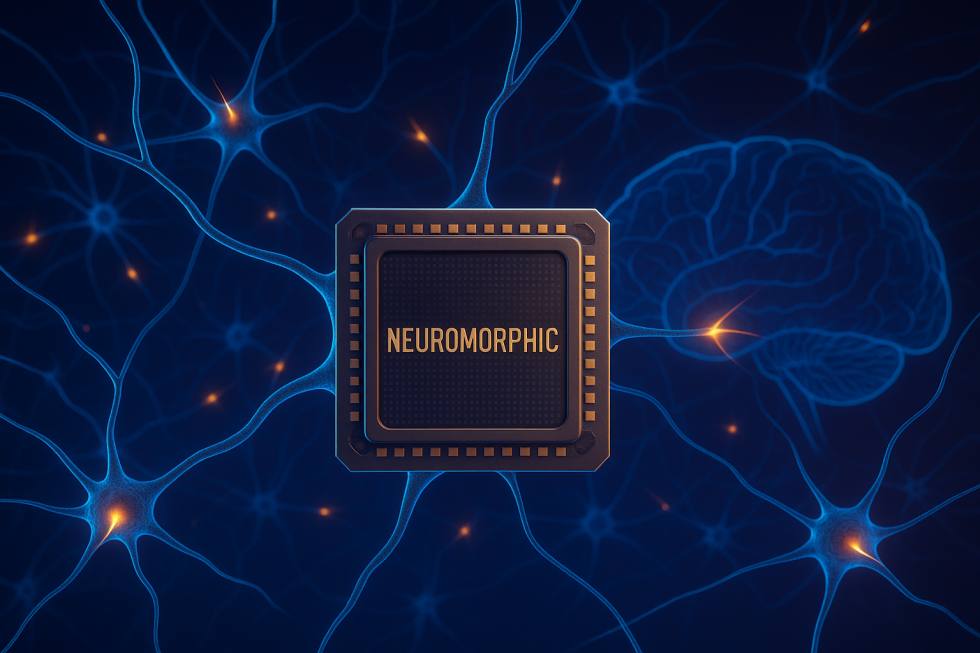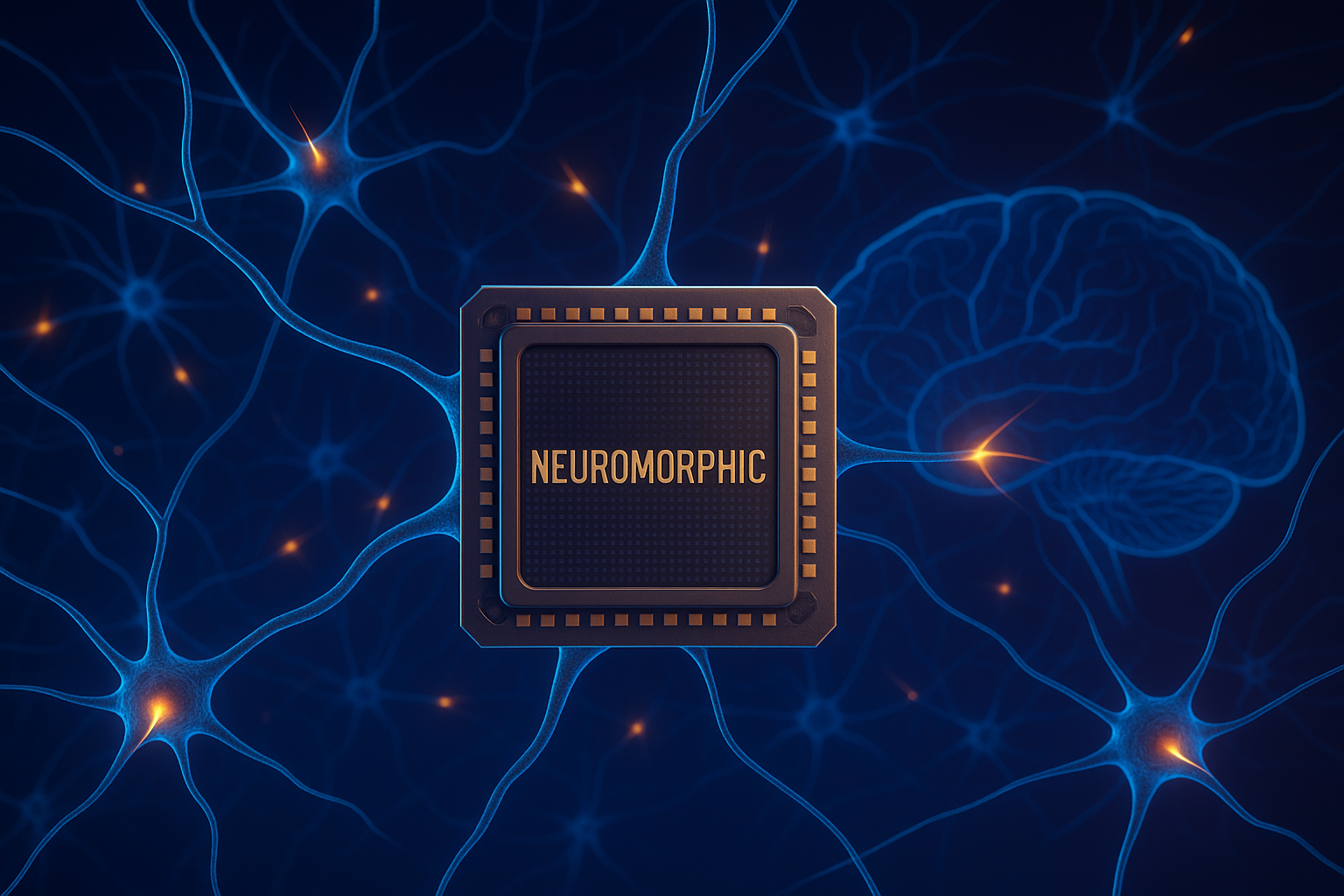In the global AI arms race, everything currently revolves around computing power and the associated hunger for energy. While Nvidia is dictating the market with GPUs and Google, Intel & Co. are presenting their own ASIC variants, a Dresden-based start-up is taking a radically different approach: SpiNNcloud is building chips that do not attempt to simulate neural networks, but rather mimic their physical operating principles. The result: a neuromorphic supercomputer with around 34,000 chips that is set to make its debut in drug research.

From Silicon Valley to the Elbe Valley, the brain as a blueprint
The idea is not new. Back in the 1970s, Carver Mead coined the term “neuromorphic hardware” with the aim of replicating the functioning of biological neurons using electronics. What sounded like an elegant shortcut to superintelligence in theory failed for a long time due to banal but harsh realities: analogue components are not identical, they are noisy and they do not behave like the idealized textbook neuron. SpiNNcloud takes the middle way: Spiking Neural Networks (SNNs), a digital architecture that imitates the signal transmission of biological nerve cells, including the crucial “spike timings”. This makes it possible to implement learning processes similar to those in the brain without having to accept the analogue uncontrolled growth and its tolerance problems.
The key: active only when necessary
The big secret of efficiency lies in the working mode: while conventional neural networks are constantly calculating whether there is something to do or not, SNN neurons only fire when relevant events occur. SpiNNcloud’s current SpiNNaker2 chip is said to be up to 18 times more energy-efficient than standard AI accelerators. The next generation, SpiNNext, is already being advertised internally with a factor of 78 – a challenge to any power-hungry GPU farm.
The second trump card: learning on the fly
Classic AI models, from ChatGPT to image generators, are “frozen” knowledge stores. If companies want to adapt such models to their own data, they have to retrain them – an energy- and time-intensive process. SNNs, on the other hand, can change their weightings on the fly without interrupting operations. In practice, this means that an SNN system could read new medical studies during day-to-day business, learn from them and incorporate the results directly into calculations – without ever going offline.
Technological context: the quiet antithesis to the GPU monopoly
Nvidia’s GPUs currently dominate the AI market like Intel’s x86 processors used to dominate the PC sector. However, their architecture is not optimized for energy efficiency, but for raw parallel performance. Neuromorphic systems such as those from SpiNNcloud are no substitute for these computing monsters, not yet. But they are strategically dangerous in certain fields:
- Drug development (high model complexity, but long inference phases)
- Autonomous systems (continuous learning required)
- Edge AI (energy and space scarce)
Especially in Europe, where energy prices are high and data centers are coming under increasing regulatory pressure, this architecture could play a key role.
Conclusion
SpiNNcloud’s chips are not a quick marketing stunt, but a serious foray into a different AI future: energy-efficient, capable of learning and potentially independent of the US GPU giants. It is no coincidence that Dresden was chosen as the location – not only is it home to semiconductor expertise (Infineon, Globalfoundries), but it is also close to European research initiatives that would like to see a counterpoint to Silicon Valley dominance.
If SpiNNcloud manages to prove its learning capability and efficiency on an industrial scale, this approach could be far more than just a specialized tool – it could become the first serious wedge into the GPU logic monopoly.
Source: T3n.de

